10 most pesticide-free vegetables and fruits
Fresh peppers, potatoes, apples, grapes, peaches . are the fruits and vegetables we still eat every day but you will be startled to know how much pesticide residues they contain.
Below is a list of 10 types of vegetables that contain extremely high pesticide residues, seriously affecting human health.
10. Fresh peppers
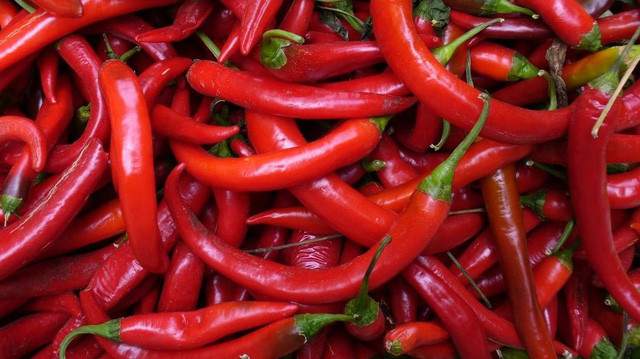
Fresh peppers are sprayed quite a lot of drugs, up to 67% of fresh peppers contain pesticide residues. Even after washing, the peppers still have a large residue of pesticides.
9. Cherry tomatoes
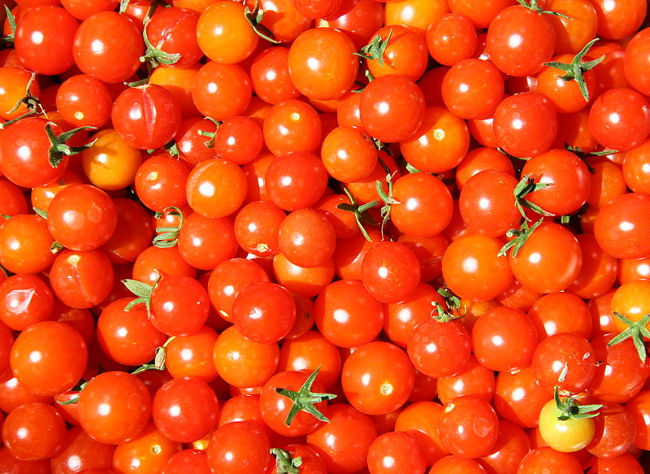
Tomatoes are easy to be poisoned and broken, so people often use ripening fruits to make ripe and beautiful tomatoes. There are 13 different types of pesticides found in a cherry tomato sample.
8. Potatoes
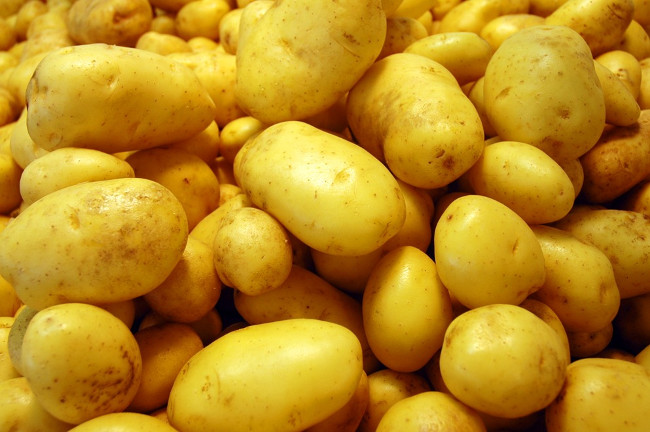
Don't think it's safe for potatoes to be in the ground. Unexpectedly, compared to other crops, pesticide residues in potatoes are significantly higher. When potatoes are not hard enough to grow, herbicides will be sprayed about once a month to kill weeds and insects. Then, to control deciduous disease before harvest, a fungicide will be sprayed.
7. Sweet bell peppers

This fruit is very much loved by insects, they cause small bites on the chilli pods that we cannot see with the naked eye. Pesticides will easily penetrate the chili from these bites. In a sample of bell peppers when tested, it was found that there were 15 different types of pesticides.
6. Spinach

Spinach is one of the vegetables that has been sprayed continuously with pesticides and of course it is also a vegetable that contains pesticide residues with the highest concentration of pollution.
5. Digging
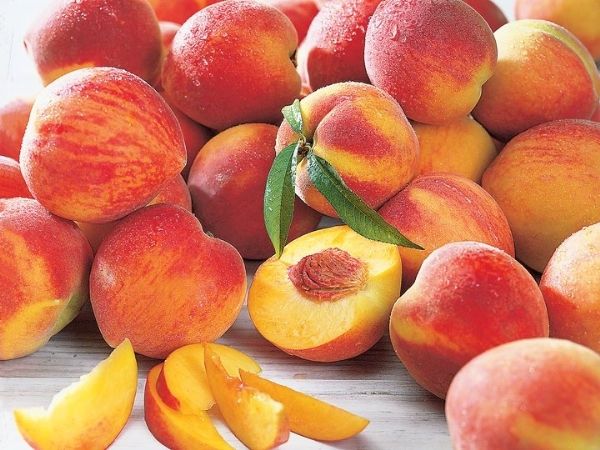
Peach contains a lot of pesticides and it is very difficult to wash away toxic substances on the shell. Therefore, it is better to peel off the shell before eating.
4. Celery
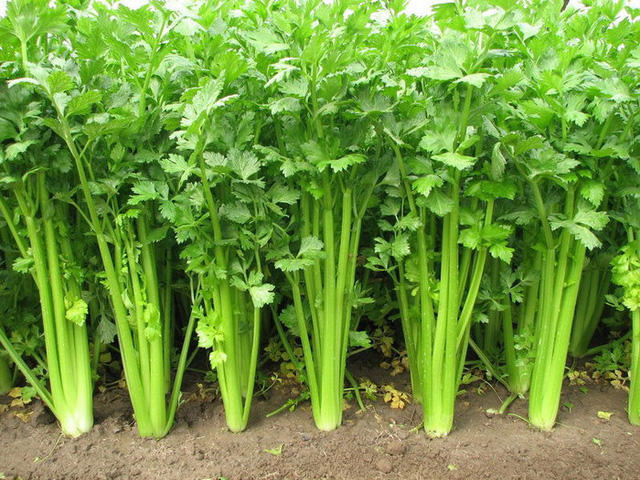
According to experts, toxic substances are easily absorbed into celery stalks and from there go straight to our bodies through eating and drinking. It is difficult to wash away toxic substances on celery plants. 13 different pesticides have been discovered on a sample of celery tested.
3. Grapes
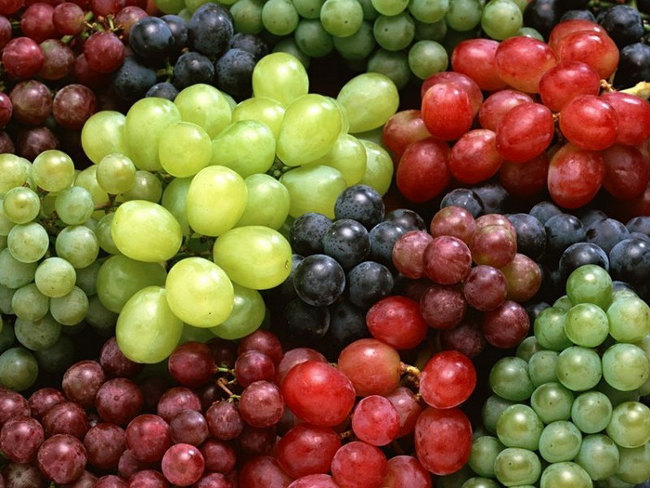
In a test grape sample can detect up to 15 different types of pesticide ingredients.
2. Strawberry
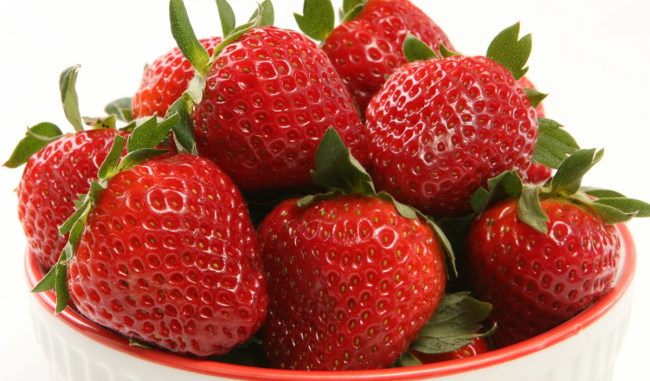
Strawberries are one of the most "bathed" fruits and pesticides in the world. A sample of tested strawberries contained up to 13 different pesticide ingredients.
The best way to wash strawberries is to: Leave the entire tip of the leaf intact and soak it in water for about 15 minutes to allow the pesticides to dissolve with water. Then remove the leaf stalk and soak strawberries in salt water for 5 minutes. Finally wash with clean fresh water before use.
1. Apples
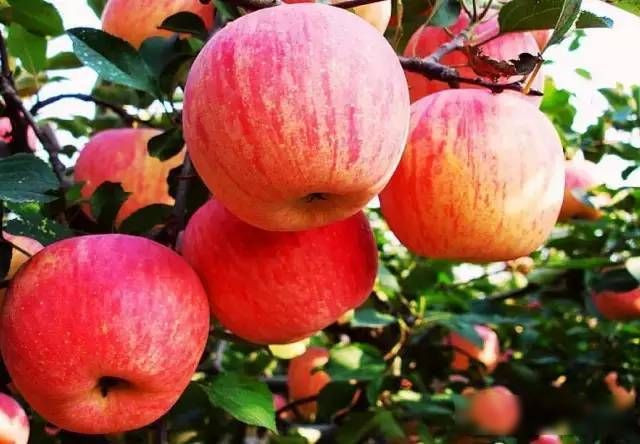
Up to 99% of apple samples contain at least one pesticide residue, and the total residue is the highest. So don't forget to peel the apple before eating.
Tips for choosing safe vegetables
- Residual pesticide residues on vegetables and fruits in the dry season are the highest and lowest in the rainy season because rainwater will wash away the toxic substances on fruits and vegetables.
- Vegetables and tubers must be peeled before eating, they will be safer: pumpkin, gourd, gourd .
- Non-peeled leaf or fruit vegetables such as spinach, choysum, mustard for making melon, chilli, watercress, lettuce, mustard greens, cowpea, bitter melon, cucumber, tomatoes, grapes , apples, plums . should be careful when choosing.
- Choose fresh fruits and vegetables, no scratches, no wilting, crushing, or sticking with foreign substances, natural colors, crisp, heavy hands.
- Look carefully before buying because some of the outer ones are still fresh but the interior is broken due to the use of preservatives.
- Avoid buying peeled and pre-cut vegetables, soak in the market, maybe the source of soaked water does not guarantee hygiene or mix toxic chemicals to keep white and crispy.In addition, long-term immersion will also cause substances inherent in fresh vegetables to be easily dissolved and lost.
How to process and preserve vegetables safely?
- Soak thoroughly, rinse each leaf, especially the leaves, thoroughly.
- Peel fresh fruits.
- It is recommended to mix 1-2 teaspoons of salt to wash small leafy vegetables such as lettuce, broccoli . to allow insects and insects to crawl out of the leaves.
- Leave whole tubers, rinse before peeling on fruits and vegetables.
- Vegetables must be submerged in clean water for 15-20 minutes, washed several times (at least 3-4 times) in a pot full of water to eliminate most of the residual pesticides.
- Get rid of these 5 foods right away if you want a healthy diet
- 5 delicious but harmful foods, should not eat much
You should read it
- Great reasons you should eat vegetables daily
- Causes of vitamin C loss in vegetables
- List of good fruits and vegetables for gout patients
- Do not confuse the vegetables as weeds, you will be shocked to know its miraculous use!
- Warning signs of your body eating too little vegetables
- You are curious, how the ancestors of today's vegetables are shaped
- 18 tips to help preserve vegetables for a long time
- Use kitchen garbage to recycle into fertilizer for home vegetable garden
May be interested
- Fruits and vegetables can help reduce disability and symptoms of multiple sclerosis
 eating a healthy diet including fruits, vegetables and whole grains can reduce disability and reduce the symptoms of multiple sclerosis.
eating a healthy diet including fruits, vegetables and whole grains can reduce disability and reduce the symptoms of multiple sclerosis. - [Sharing experience] Buy good pesticide spraying machine, where is it cheap?
![[Sharing experience] Buy good pesticide spraying machine, where is it cheap?](https://tipsmake.com/img/no-image-80-80.png) are you looking for an address to buy cheap, quality pesticide sprayers? don't miss the article below. quantrimang will help you make the ideal idea to choose the best and most suitable spray.
are you looking for an address to buy cheap, quality pesticide sprayers? don't miss the article below. quantrimang will help you make the ideal idea to choose the best and most suitable spray. - Fruits and vegetables rich in antioxidants
 antioxidant-rich vegetables are essential for the body because it helps the body fight free radicals that damage cells.
antioxidant-rich vegetables are essential for the body because it helps the body fight free radicals that damage cells. - How to get Blox Fruits for free, get Blox Fruits for free
 to collect free devil fruits in blox fruits, you will have many different ways. there are both easy and difficult ways for you to collect devil fruits.
to collect free devil fruits in blox fruits, you will have many different ways. there are both easy and difficult ways for you to collect devil fruits. - Low sugar fruits are good for health
 fruits contain sugar, but they are also high in fiber and other essential nutrients. here are some low-sugar fruits that experts recommend as extremely healthy.
fruits contain sugar, but they are also high in fiber and other essential nutrients. here are some low-sugar fruits that experts recommend as extremely healthy. - Colorants in plants can prevent inflammation
 a recent study by researchers at linkoping university in sweden showed that lutein, a nutrient found in high-quality fruits and vegetables, can inhibit inflammation.
a recent study by researchers at linkoping university in sweden showed that lutein, a nutrient found in high-quality fruits and vegetables, can inhibit inflammation. - Top foods rich in vitamin C than oranges
 vitamin c is an essential nutrient for the body to grow. at each age, a different amount of vitamin c is needed. beside oranges, the fruits and vegetables below help provide the body with the necessary amount of vitamin c.
vitamin c is an essential nutrient for the body to grow. at each age, a different amount of vitamin c is needed. beside oranges, the fruits and vegetables below help provide the body with the necessary amount of vitamin c. - Layout and meaning of five fruits tray in three regions
 the same is the stage but in culture in each of the north, central and south, there are different types of fruits and decorations. each kind of fruit has its own meaning. therefore, we need to learn to understand the wishes of the owner.
the same is the stage but in culture in each of the north, central and south, there are different types of fruits and decorations. each kind of fruit has its own meaning. therefore, we need to learn to understand the wishes of the owner. - List of 10 most rare and delicious voted fruits in the world
 according to the mysterious world poll, the following 10 fruits are considered to be delicious and rare because they are only available in certain areas. discover to see how many fruits you've eaten!
according to the mysterious world poll, the following 10 fruits are considered to be delicious and rare because they are only available in certain areas. discover to see how many fruits you've eaten! - Do not confuse the vegetables as weeds, you will be shocked to know its miraculous use!
 most of us also believe that vegetables are a weed that lives year round and has no effect at all. however, the following article will reveal to you the interesting facts about the miraculous use of this weed. invite you to welcome reading!
most of us also believe that vegetables are a weed that lives year round and has no effect at all. however, the following article will reveal to you the interesting facts about the miraculous use of this weed. invite you to welcome reading!

![[Sharing experience] Buy good pesticide spraying machine, where is it cheap?](https://tipsmake.com/data/thumbs_80x80/[sharing-experience]-buy-good-pesticide-spraying-machine-where-is-it-cheap_thumbs_80x80_znrGyQe46.jpg)








 The best way to wash fruits is to remove chemicals
The best way to wash fruits is to remove chemicals There is a recipe to help you have a good sleep while awake at all times
There is a recipe to help you have a good sleep while awake at all times What happens to the body when drinking lemon juice every day?
What happens to the body when drinking lemon juice every day? Why does deep breathing help relieve stress quickly?
Why does deep breathing help relieve stress quickly? The secret to keeping the body slender thanks to the diet of Japanese women
The secret to keeping the body slender thanks to the diet of Japanese women Memorize these 8 tips before going swimming to ensure your safety
Memorize these 8 tips before going swimming to ensure your safety